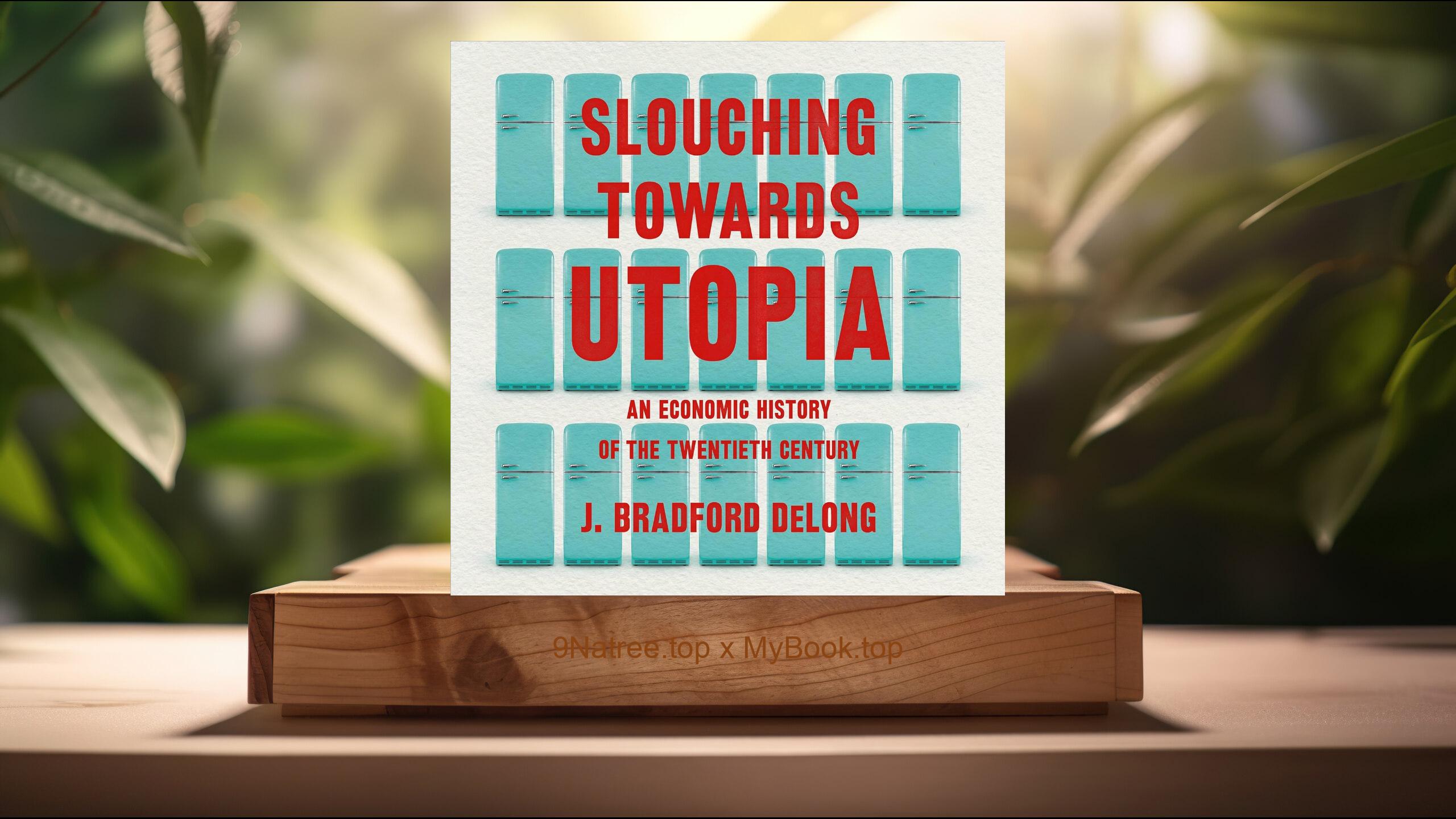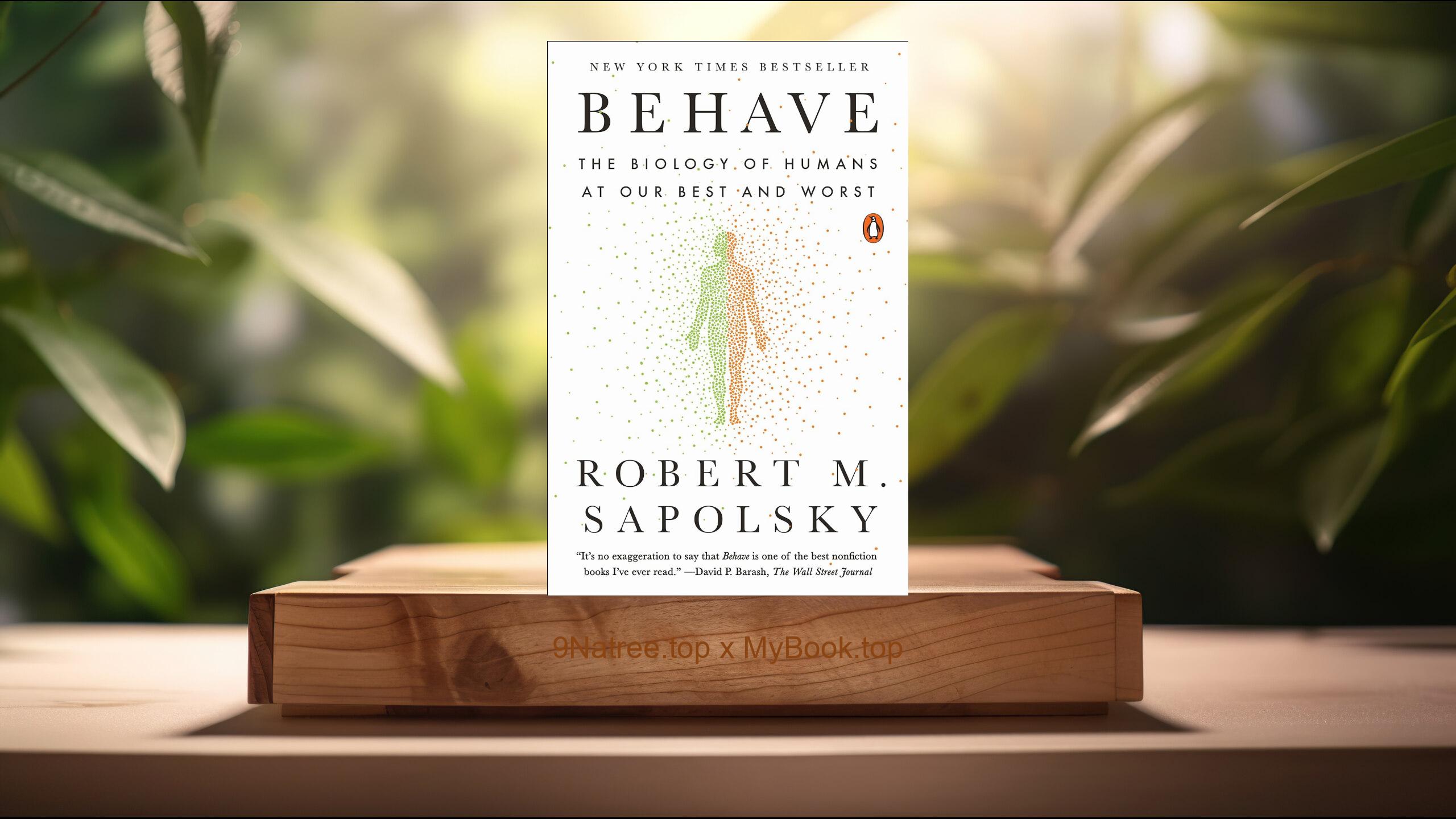Show Notes
- Amazon USA Store: https://www.amazon.com/dp/B0818NX1FK?tag=9natree-20
- Amazon Worldwide Store: https://global.buys.trade/The-Perfect-Father-John-Glatt.html
- Apple Books: https://books.apple.com/us/audiobook/the-perfect-father-the-true-story-of-chris-watts/id1642310340?itsct=books_box_link&itscg=30200&ls=1&at=1001l3bAw&ct=9natree
- eBay: https://www.ebay.com/sch/i.html?_nkw=The+Perfect+Father+John+Glatt+&mkcid=1&mkrid=711-53200-19255-0&siteid=0&campid=5339060787&customid=9natree&toolid=10001&mkevt=1
- Read more: https://mybook.top/read/B0818NX1FK/
#TrueCrime #PsychologicalAnalysis #FamilyDynamics #CriminalInvestigation #MediaInfluence #ThePerfectFather
These are takeaways from this book.
Firstly, The facade of the perfect family, John Glatt’s 'The Perfect Father' opens by detailing the seemingly idyllic family life that Chris Watts and his wife Shanann appeared to lead, adorned with the trappings of a comfortable middle-class existence—beautiful children, a lovely home, and active social media presences. Glatt methodically unpacks the veneer of perfection to reveal the underlying struggles such as financial pressures, marital discord, and personal dissatisfaction. This contrast is central to understanding the psychological breakdown of Watts, as it challenges the curated images that are often portrayed on social media. Glatt uses this dichotomy to analyze how outward appearances can often hide deeper personal and familial crises.
Secondly, Chris Watts’ psychological profile, A pivotal aspect of the book is the psychological analysis of Chris Watts. John Glatt delves into Watts' background, behavior, and the possible psychological triggers that might have influenced his actions. The author consults experts who speculate on signs of narcissistic personality traits, emotional detachment, and perhaps even psychopathy. Glatt explores how these psychological factors, coupled with external pressures, could culminate in a deadly outcome. The narrative examines how a combination of personal insecurities, a desire for a new life, and an inability to cope with stress might have pushed Watts to murder his family, providing a dark insight into the human psyche under pressure.
Thirdly, The investigation and revelation, John Glatt provides a gripping recount of the investigation that unfolded following the disappearance of Shanann and her daughters. The book highlights the role of law enforcement, the use of technology like GPS and text messaging, and the crucial confessions that led to Watts’ arrest. It discusses the meticulous techniques used by investigators to piece together the timeline of the murders, demonstrating the importance of modern forensic science in solving crimes. Glatt’s detailed account of the interrogation of Chris Watts, where he eventually confessed to the murders, serves as a chilling reminder of the capabilities of justice systems to uncover the truth behind a calculated facade.
Fourthly, Media portrayal and public reaction, Glatt addresses the intense media coverage and public reaction to the Watts family murders, reflecting on the role of media in shaping perceptions of crime. The book explores how the media swayed public sympathy towards the victims while vilifying Chris Watts. This section delves into the court of public opinion, social media’s impact on high-profile cases, and the phenomena of 'trial by media.' Glatt also critiques the sensationalism often associated with true crime coverage and questions the ethical considerations journalists face when balancing public interest with sensitivity towards the victims’ families.
Lastly, The aftermath and implications for society, Finally, Glatt discusses the long-term implications of the Watts murders for the community and society at large. He considers the effects on families of the victims, the trauma experienced by law enforcement and first responders, and the broader societal reflections on marriage, family life, and the masks people wear. This section spurs readers to consider the wider social and psychological impacts of such crimes and challenges communities to confront uncomfortable truths about domestic violence and the potential dangers lurking beneath everyday facades.
![[Review] The Perfect Father (John Glatt) Summarized](https://episodes.castos.com/660078c6833215-59505987/images/2098699/c1a-085k3-5zod70n4tvgj-pl0aqr.jpg)




